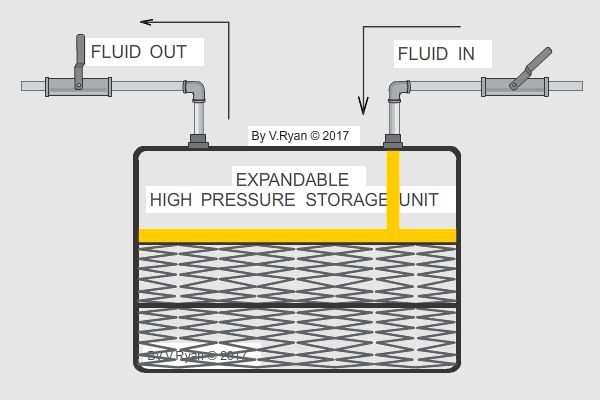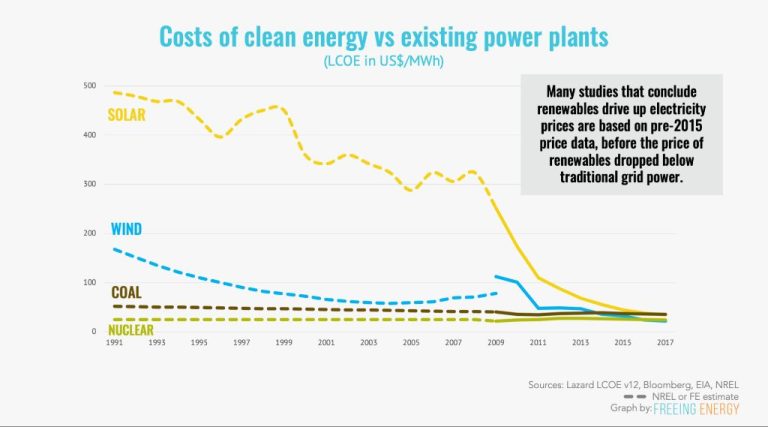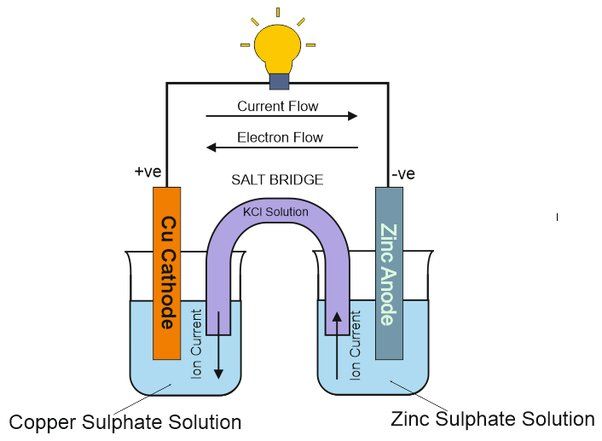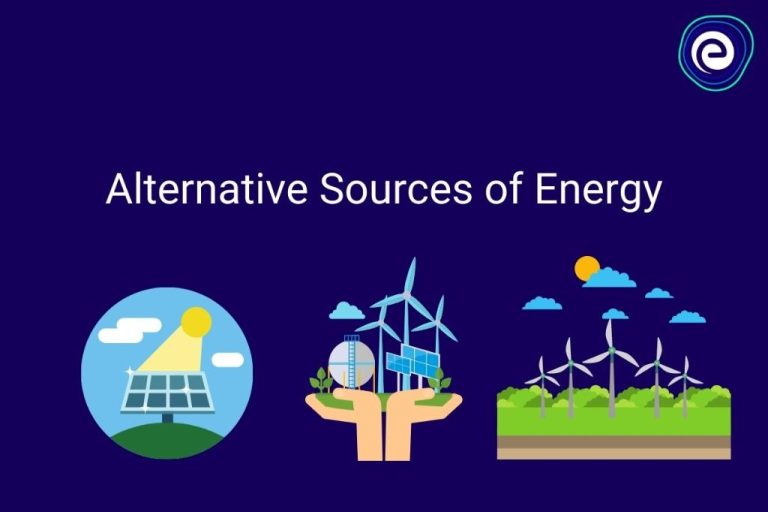Which Has Both Kinetic And Potential Energy?
Kinetic energy and potential energy are the two main forms of mechanical energy. Kinetic energy is the energy an object possesses due to its motion. For example, a moving car has kinetic energy. Potential energy is the stored energy an object has due to its position or chemical configuration. For example, a ball at the top of a hill has potential energy due to gravity. The total mechanical energy is conserved, which means that the total kinetic and potential energy in a closed system remains constant. Energy can transfer between kinetic and potential forms, but the total amount of energy does not change.
Kinetic and potential energy are important concepts in physics and engineering. Understanding the difference between them and how they convert back and forth allows us to analyze mechanical systems and solve problems related to forces, motion, gravity, springs, and more. We’ll explore kinetic and potential energy in more detail throughout this article.
Forms of Kinetic Energy
Kinetic energy is the energy of motion. There are several different forms of kinetic energy that objects and systems can possess:
Mechanical Energy – This is kinetic energy due to the motion and position of physical objects. A moving car, a bouncing ball, and the motion of pendulums all contain mechanical kinetic energy. The faster an object moves, the more mechanical kinetic energy it has.
Forms of Potential Energy
There are several main forms of potential energy to be aware of:
Chemical potential energy is the energy stored in the bonds between atoms and molecules. Chemical reactions and processes that break or form chemical bonds can release or absorb this potential energy. For example, the chemical bonds within fuels like gasoline and batteries have potential energy that is converted to other forms when burned or used.
Gravitational potential energy depends on the positions of objects within gravitational fields. An object up high near Earth’s surface has more gravitational potential energy than the same object lower down. As gravity pulls the object down, this potential energy gets converted to kinetic energy. Dropping a ball from a height is a simple example of converting gravitational potential to kinetic energy.
Elastic potential energy involves deforming materials. Compressing a spring stores elastic potential energy within it, which can be released to send the spring back to its original shape. Other examples are pulling back the string on a bow or slingshot. The deformation builds up potential energy that is converted into kinetic energy when released.
Conversion Between Kinetic and Potential Energy
Energy can transfer between kinetic and potential forms. For example, a ball held at a height above the ground has gravitational potential energy. When dropped, this potential energy converts into kinetic energy as the ball accelerates towards the ground under gravity. The kinetic energy continues increasing as the ball speeds up during the fall. When the ball hits the ground, the kinetic energy converts into heat, sound, and deformation as the ball compresses and bounces.
On the other hand, kinetic energy can convert into potential energy. As a ball thrown upwards slows down due to gravity, its kinetic energy decreases while the gravitational potential energy increases. At the highest point, the ball has maximum potential and minimal kinetic energy. As it falls back down, the potential converts back into kinetic.
This transfer between potential and kinetic energy explains how swings, pendulums, rollercoasters and other oscillating systems work. The total mechanical energy remains constant, while transforming between potential and kinetic forms in a cyclic manner. Understanding these energy conversions is key to designing efficient mechanical systems.
Examples of Kinetic Energy
There are many common examples of kinetic energy in everyday life:
Moving Objects
Any object that is in motion has kinetic energy. Some examples include:
- A car driving down the road
- A baseball being thrown or hit
- A bicycle in motion
- Wind blowing
- Flowing water
The faster the object moves, the more kinetic energy it possesses.
Heat
The motion and vibration of molecules and atoms generates thermal energy or heat. The higher the temperature, the greater the kinetic energy of the particles.
Light
Light exhibits properties of both waves and particles. The kinetic energy of photons, or particles of light, depends on their frequency and wavelength.
Examples of Potential Energy
Some common examples of objects that store potential energy include:
Objects at Height
Gravitational potential energy refers to an object’s potential energy due to its height above the ground. For example, a book sitting on a high shelf has more potential energy than the same book sitting on the floor. The higher the object, the greater its gravitational potential energy.
Coiled Springs
Springs and other elastic objects can compress or stretch to store elastic potential energy. The energy is stored in the deformation of the spring’s shape. A compressed spring has more potential energy than a relaxed spring.
Batteries
Batteries store chemical potential energy and release it through reactions that produce an electric current. The amount of energy stored depends on the chemicals and materials used in the battery. New batteries that are fully charged have maximum potential energy.
Conservation of Mechanical Energy
An important concept in physics is the conservation of mechanical energy. This means that the total amount of mechanical energy in a closed system remains constant. Mechanical energy exists in two main forms – kinetic energy and potential energy.
Kinetic energy is the energy an object has due to its motion. Potential energy is stored energy an object has due to its position or shape. The total mechanical energy is the sum of an object’s kinetic and potential energies.
According to the law of conservation of mechanical energy, energy can be transferred between kinetic and potential, but the total amount of mechanical energy stays the same. This means an increase in kinetic energy will result in a decrease in potential energy by the same amount, or vice versa.
For example, as a ball falls, its potential energy decreases while its kinetic energy increases by the same amount. The total mechanical energy at the start when the ball is held high (all potential energy) is equal to the total mechanical energy at any point during the fall (part potential and part kinetic), which is equal to the total when it hits the ground (all kinetic energy). The energy transforms between potential and kinetic, but the total remains fixed.
Understanding the conservation of mechanical energy helps analyze systems in physics involving moving objects, positions, and gravitational forces. It is a fundamental principle governing mechanics and motion.
Kinetic Energy Formula
The formula for kinetic energy depends on the mass and velocity of an object. The kinetic energy (KE) of an object is calculated as:
KE = 0.5 x m x v2
Where m is the mass of the object (in kg) and v is its velocity (in m/s). This shows that kinetic energy increases exponentially with velocity, but only linearly with mass. For example, doubling the velocity of an object will increase its kinetic energy by a factor of 4, but doubling the mass will only double the kinetic energy.
This formula demonstrates that objects with more mass, moving at higher speeds, have greater kinetic energy. Kinetic energy comes from motion and depends on how fast an object is moving. The kinetic energy formula is fundamental to physics and understanding how energy transfers between potential and kinetic forms.
Potential Energy Formula
The potential energy of an object depends on three variables:
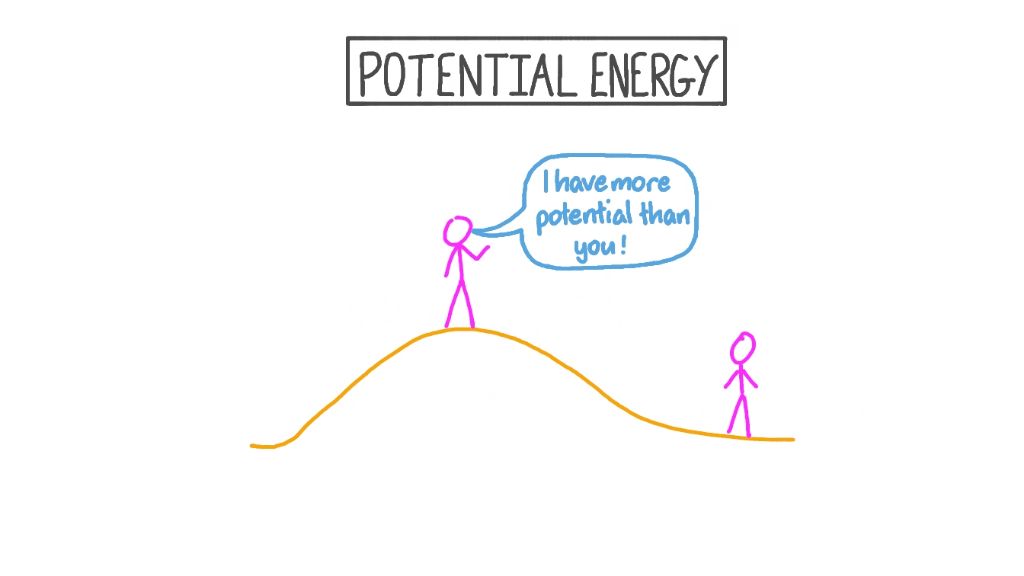
- Mass (m) – The object’s mass in kilograms (kg). The more massive an object is, the more potential energy it will possess.
- Height (h) – The height of the object in meters (m). The higher up an object is, the more potential energy it has.
- Gravity (g) – The acceleration due to gravity, which on Earth has a standard value of 9.8 m/s2. Gravity is what gives objects their potential energy.
The formula for potential energy is:
PE = mgh
Where:
- PE is potential energy in Joules (J)
- m is mass in kilograms (kg)
- g is the acceleration due to gravity (9.8 m/s2 on Earth)
- h is height in meters (m)
So the more massive an object is, the higher up it is, and the stronger the gravity, the more potential energy it will have. This potential energy can be converted to kinetic energy when the object falls.
Importance and Applications
Understanding the concepts of kinetic and potential energy is very important in the fields of science and engineering. Being able to identify situations where kinetic and potential energy are present allows us to solve problems and create applications that involve the conversion between these two forms of energy.
For example, engineers may analyze the kinetic and potential energy in a roller coaster system to understand how gravitational potential energy gets converted into kinetic energy as the roller coaster cars descend, and back into potential energy as the cars ascend. This knowledge helps them design safe and thrilling roller coasters.
Knowledge of kinetic and potential energy is also key in power generation. For instance, hydroelectric dams utilize the potential energy of water held at a height behind the dam, which gets converted to electricity as the water falls and gains kinetic energy that spins turbines. Dams are designed based on calculations involving the water’s mass, height, and flow rate.
Even simple machines like levers and pulleys rely on conversions between potential and kinetic energy. Understanding these conversions allows physicists and engineers to select appropriate materials and design optimized systems that perform useful work safely and efficiently.

